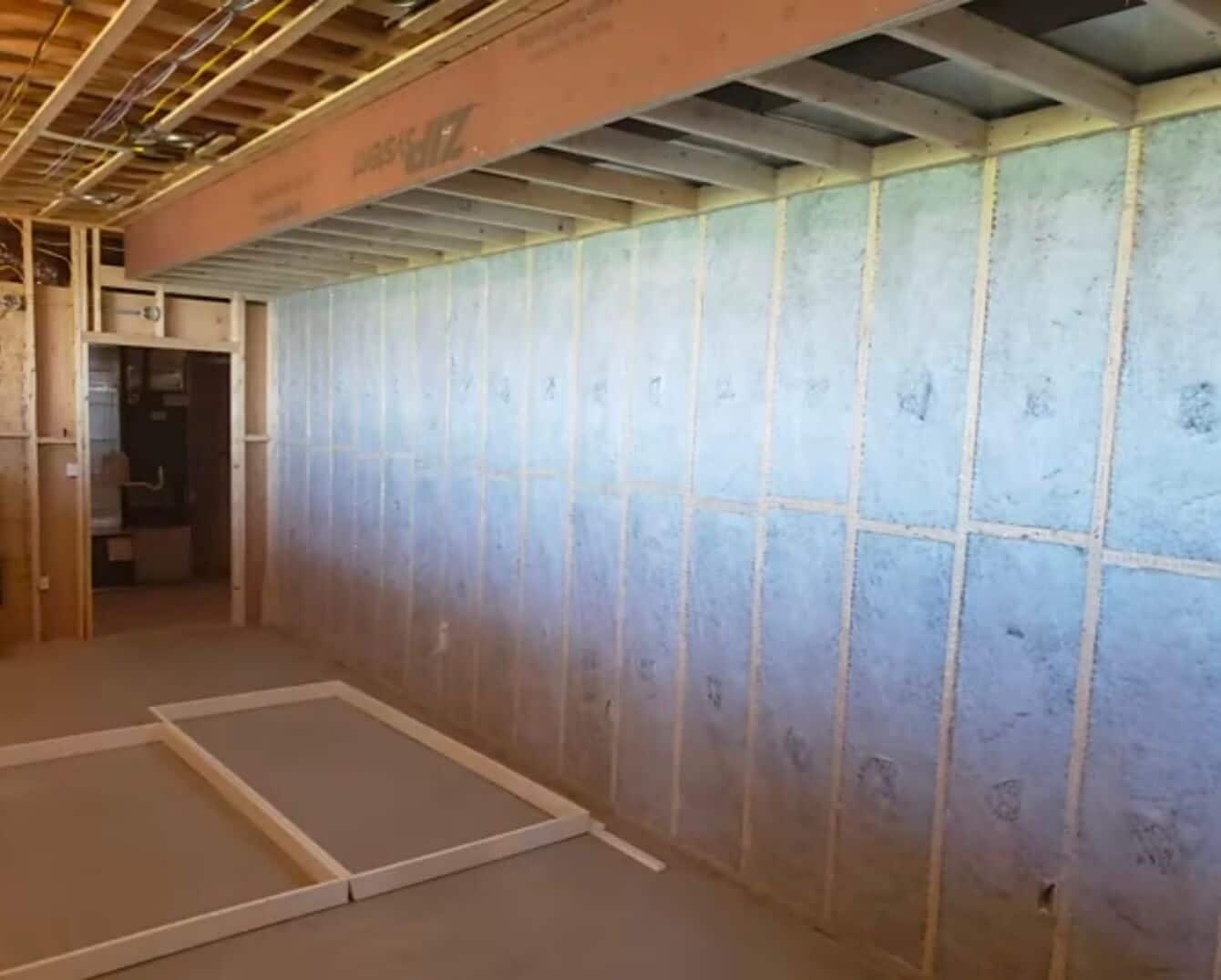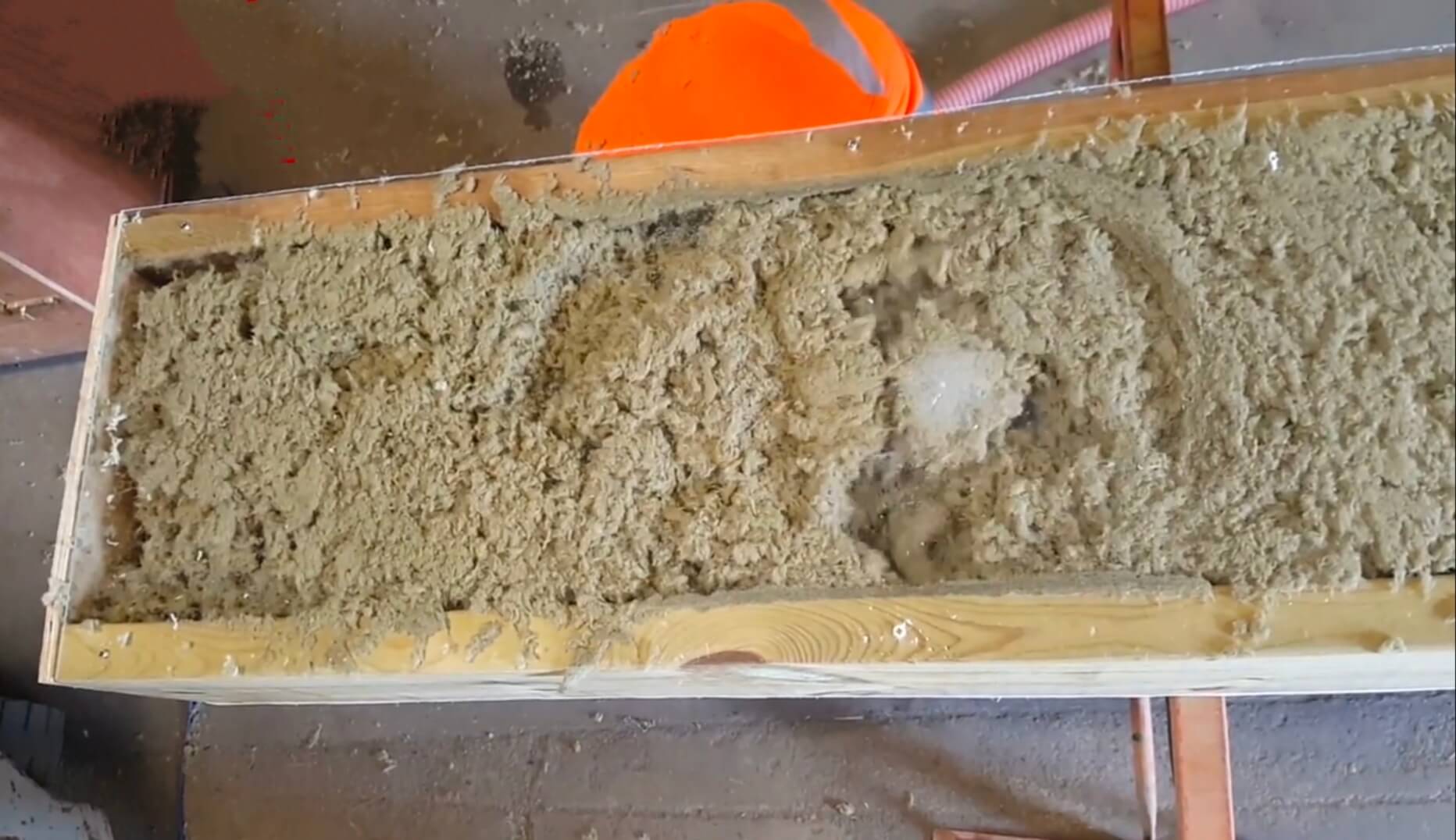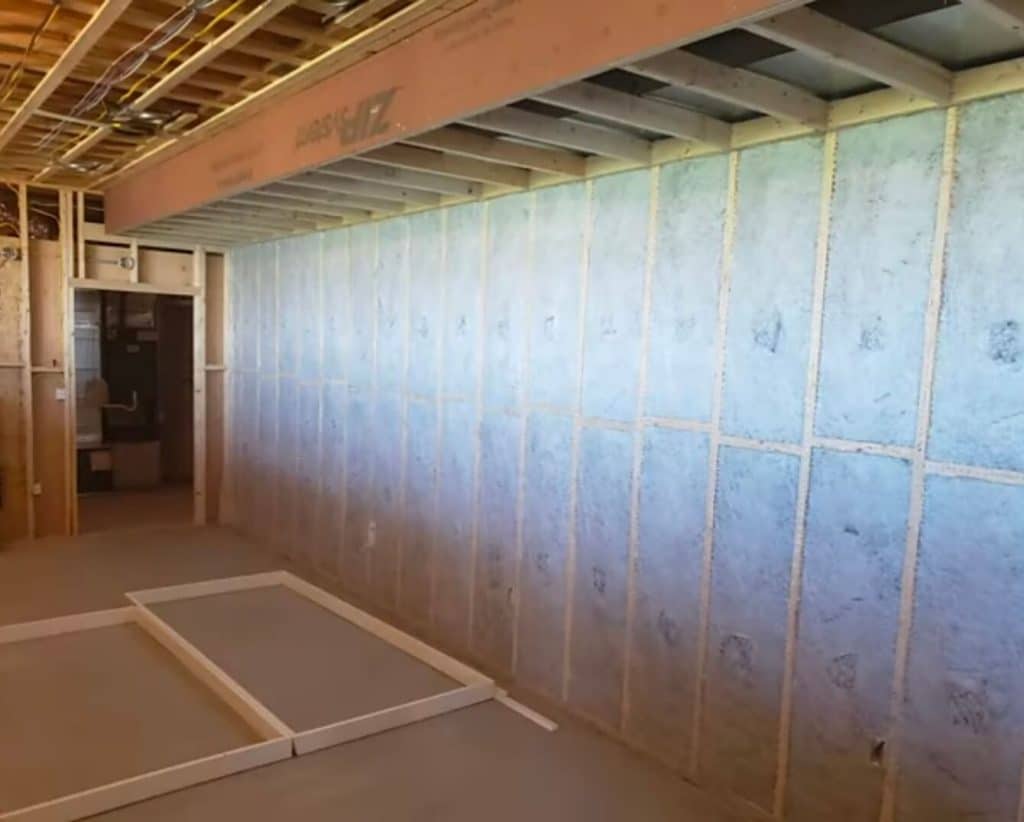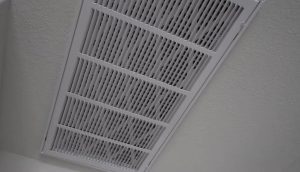Do you want to know if you can blow in mineral wool insulation? We investigated this matter and have a solution for you. Knowing if you can blow in mineral wool insulation will help you install it correctly and avoid the hazards of improper installation.
You can blow in mineral wool insulation. Blown-in mineral wool insulation can also be used for soundproofing the house. It is preferable to use a blow-in insulation blower and appropriate safety equipment to avoid dangers.
Table of Contents
Toggle
Is it Possible to Blow-in Mineral Wool Insulation?
Mineral wool insulation is loose-fit insulation. It is composed of tiny particles. As a result, it is possible to blow in the mineral wool insulation. Blowing insulation is frequently used to fill existing areas, attics, and difficult-to-reach locations when using insulation.
However, blowing in mineral wool requires a specific machine and can be harmful if inhaled. Many people prefer to have it installed by a professional rather than themselves. Hand-installers use bats, rolls of pre-cut bricks, or insulation.
Method of Blow-in Mineral Wool Insulation
The first step is to get your area ready. Remove damaged insulation, repair it, add vent chutes, and seal any leaks with a caulk gun. Then, measure up from the drywall to mark how deep you want your insulation. Do this every few trusses to ensure even coverage of the entire area.
When your area is ready, you and your helper should put on your protective gear and plug in your machine. You will spray the insulation while your helper loads it into the machine. Your helper must ensure that the material is enough to distribute the insulation evenly. You can follow some simple steps to apply the blow-in insulation coating easily.
- To locate studs in the wall, use a stud finder. Cut a small hole (between two studs and near the top of the wall) with a hole saw and set the cut portion aside—you will reattach this later. Repeat this process for each pair of studs.
- Insert the blower hose into the first hole and direct the nozzle deep into the wall cavity. To form a seal, wrap a rag around the hose where it meets the wall.
- Allow a friend to turn on the blower while holding the hose. As the cavity fills, pull the hose back. When you feel resistance and can no longer insert insulation, ask your helper to stop the machine.

Considerations for security
Installing insulation can be dangerous if not done correctly. As a result, if the area is large and you are inexperienced, hire a professional to install it.
It can lead to health issues such as asthma, skin rashes, blindness, and other serious illnesses. There is a fire risk if you use too much, the wrong type, or insufficient insulation. Aside from these risks, it is also complex and time-consuming.
Is a Vapor Barrier Required for Mineral Wool Insulation?
Mineral wool is dense and repellent to water. As a result, it does not absorb moisture and retains heat insulation even when wet. As a result, no moisture barrier is usually required when installing blown mineral wool.
Is Mineral Wool and Rockwool the Same Thing?
Many organizations interchange the terms “mineral wool” and “Rockwool.” It is because they can both be used to perform similar tasks. They are not, however, the same thing.
Mineral wool is a type of Rockwool. It is made from basalt. Slag wool made from iron ore waste is the 2d mineral wool.
Rockwool is commonly used in construction, whereas slag wool appears to be different in business settings. As a result, slag wool is thought to be lower-quality and less expensive than Rockwool.
What is the best type of blown-in insulation?
Blow-insulation comes in three varieties: cellulose, fiberglass, and mineral wool. Does cellulose, the most commonly used material in the home, make it the best? When comparing insulation, different qualities must be considered.
Compare them based on the R-value, weather resistance, and insulation cost. It also specifies which insulation is best for which location.
R-Value
The thermal resistance of a material at a given thickness is measured by its R-value. This metric indicates how much heat the material can dissipate. An R-value of 13-60 is recommended. This value is determined by where you live and where the insulation is installed.
The R-value of insulation blankets is typically 19. Fiberglass has the lowest R-value per inch at 2.5, followed by mineral wool at 3.3. On the other hand, cellulose has the highest R-value of the three at 3.7 per inch. Only about 8 inches of fiberglass and 5 inches of cellulose are required.
As a result, cellulose is the best value. There are, however, other factors to consider.
Weather Protection
The house should be fantastic in summer and warm in winter by installing insulation. As a result, you’ll need insulation that won’t get damaged by bad weather or a pipe leak.
Water does not mix well with fiberglass and cellulose. They are both mold-resistant, but mold can grow on them if there are leaks or they are constantly exposed to the elements. Furthermore, water reduces the R-value and heat resistance.
In contrast, mineral wool does not absorb moisture. As a result, mold does not form. Furthermore, it does not degrade as an insulator in the presence of water. As a result, mineral wool is best for weather protection because it can withstand highly wet conditions.
Cost of Blow-in Mineral Wool Insulation
Fiberglass and cellulose insulation usually cost the same per square foot. If you buy blown insulation, you can generally find it for less than $1 per square foot. Mineral wool is more expensive, but not significantly so. You can expect to pay slightly more than $1 per square foot.
As a result, fiberglass and cellulose are less expensive simply by the hair’s width.
Location
Blown insulation is ideal for attics, walls, and oddly shaped spaces. Although all three isolators can be used in the exact location, some are better suited for a specific project than others.
Mineral wool is excellent for outdoor use and in heated crawl spaces. It is highly dense and, as a result, can be challenging to use on the ceiling. Fiberglass is more flexible than mineral wool, making it easier to use in irregularly shaped areas. It is also appropriate for attics and garages.
Cellulose is ideal for areas that need insulation but lack time to open the wall. It has the same flexibility as fiberglass but is more environmentally friendly.
Also check: Why Should You Do the Basement Ceiling Insulation?
Final Thoughts
This article was a rundown on how to Blow in Mineral Wool Insulation. In the United States, K2 Heating and Air Conditioning have a large selection of mineral wool or Rockwool blown insulation to fit your budget, application, and construction needs. Call your local HVAC service provider today to get the mineral wool blown-in insulation.





















